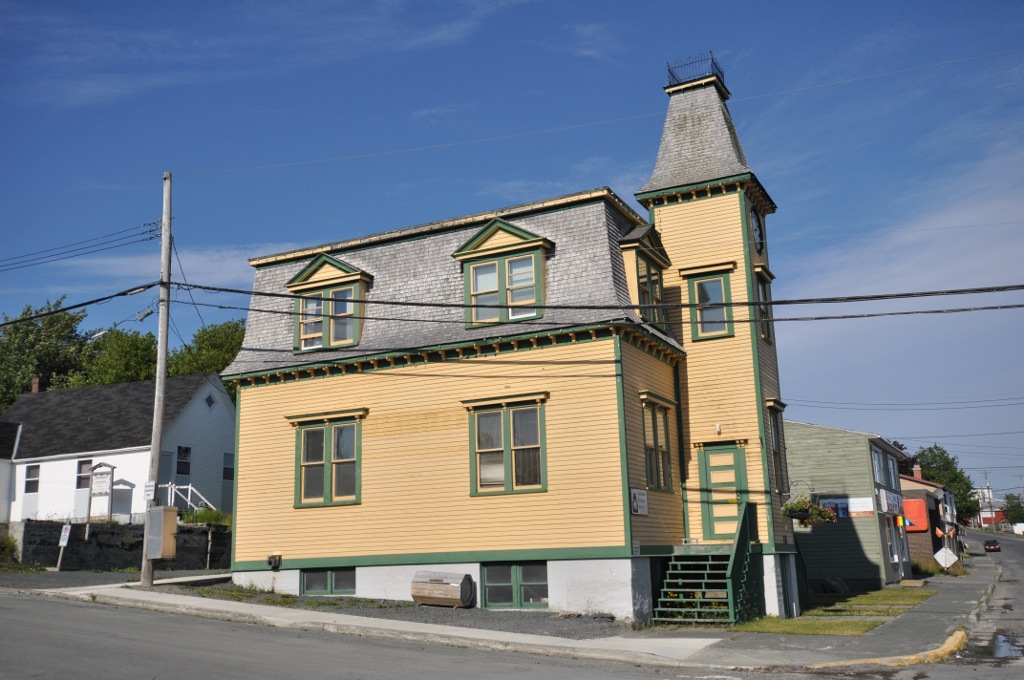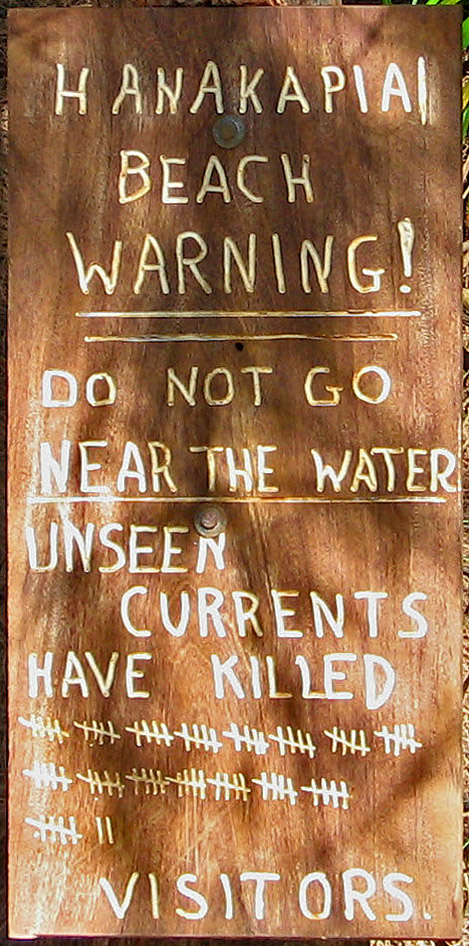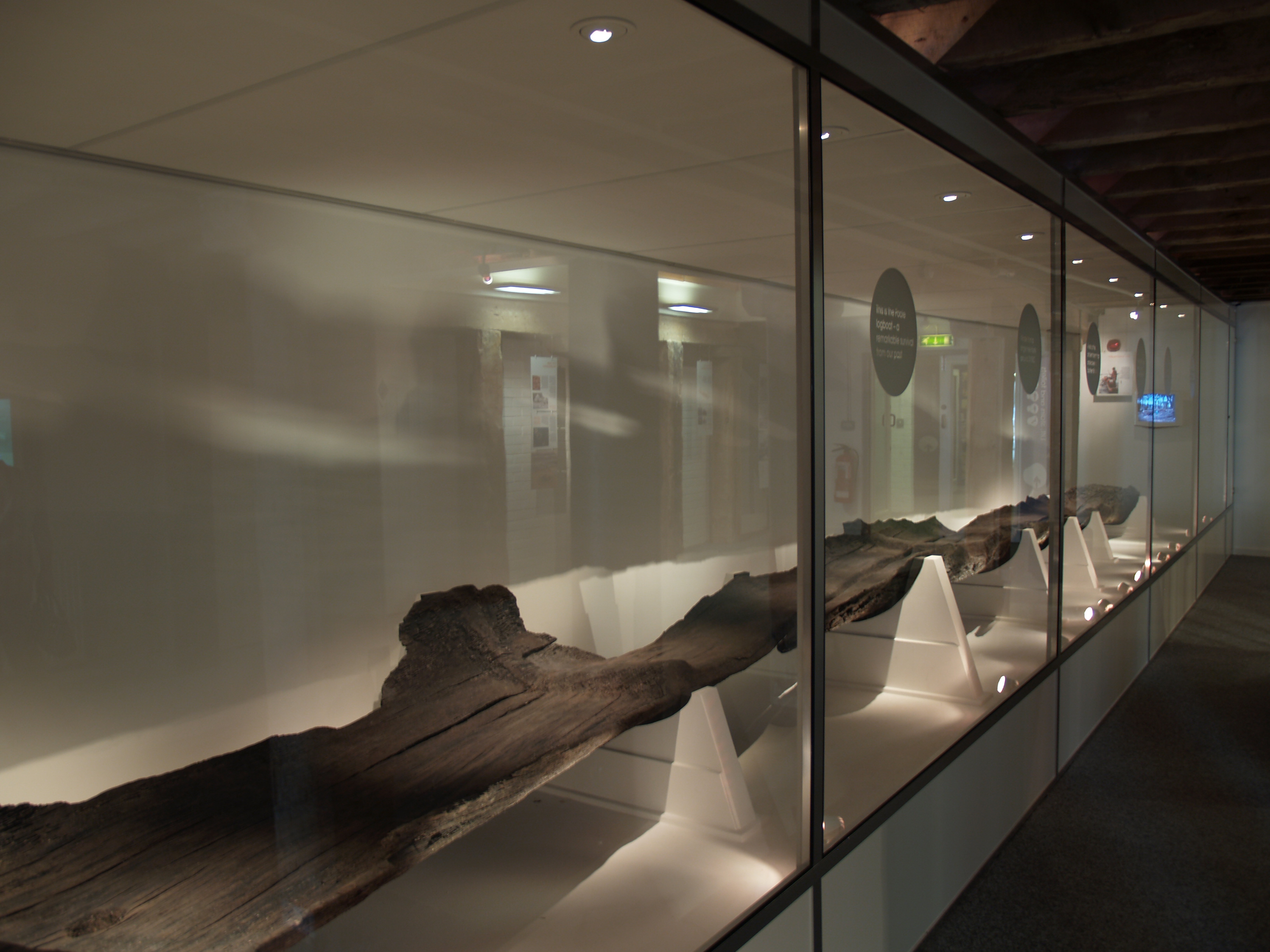|
Philip Henry Gosse
Philip Henry Gosse (; 6 April 1810 – 23 August 1888), known to his friends as Henry, was an English natural history, naturalist and populariser of natural science, prolific author, "Father of the Aquarium", scientific illustrator, lecturer, entrepreneur, and pioneer in the study of marine biology and ornithology. Gosse created and stocked the world's first public marine aquarium at London Zoo in 1853, and coined the term "aquarium". His 1854 work ''The Aquarium: An Unveiling of the Wonders of the Deep Sea'' was the catalyst for the aquarium craze in mid-Victorian England.Katherine C. Grier (2008) ''Pets in America: A History''. p. 53. University of North Carolina Press Over thirty years later, Gosse co-authored a three-volume work on Rotifer, Rotifera (microscopic aquatic animals) considered at the time "the most complete and exhaustive history of the Rotifera in any language", with drawings of "extreme minuteness, accuracy, and beauty". In addition, Gosse was one of the chi ... [...More Info...] [...Related Items...] OR: [Wikipedia] [Google] [Baidu] |
Fellow Of The Royal Society
Fellowship of the Royal Society (FRS, ForMemRS and HonFRS) is an award granted by the Fellows of the Royal Society of London to individuals who have made a "substantial contribution to the improvement of natural science, natural knowledge, including mathematics, engineering science, and medical science". Overview Fellowship of the Society, the oldest known scientific academy in continuous existence, is a significant honour. It has been awarded to :Fellows of the Royal Society, around 8,000 fellows, including eminent scientists Isaac Newton (1672), Benjamin Franklin (1756), Charles Babbage (1816), Michael Faraday (1824), Charles Darwin (1839), Ernest Rutherford (1903), Srinivasa Ramanujan (1918), Jagadish Chandra Bose (1920), Albert Einstein (1921), Paul Dirac (1930), Subrahmanyan Chandrasekhar (1944), Prasanta Chandra Mahalanobis (1945), Dorothy Hodgkin (1947), Alan Turing (1951), Lise Meitner (1955), Satyendra Nath Bose (1958), and Francis Crick (1959). More recently, fellow ... [...More Info...] [...Related Items...] OR: [Wikipedia] [Google] [Baidu] |
Second Coming
The Second Coming (sometimes called the Second Advent or the Parousia) is the Christianity, Christian and Islam, Islamic belief that Jesus, Jesus Christ will return to Earth after his Ascension of Jesus, ascension to Heaven (Christianity), Heaven (which is said to have occurred about two thousand years ago). The idea is based on Jesus and messianic prophecy, messianic prophecies and is part of most Christian eschatologies. In Islamic eschatology, Jesus in Islam, Jesus (''ʿĪsā ibn Maryam'') is also believed to return in the end times. According to Islamic belief, he will descend from Heaven to defeat the Al-Masih ad-Dajjal, false messiah (''al-Masih ad-Dajjal''), restore justice, and reaffirm monotheism. His return is regarded as one of the Judgement Day in Islam, major signs of the Day of Judgment, and he is viewed as a revered prophet, not divine, in Islamic theology. Other faiths have various interpretations of it. Terminology Several different terms are used to refer ... [...More Info...] [...Related Items...] OR: [Wikipedia] [Google] [Baidu] |
Entomology
Entomology (from Ancient Greek ἔντομον (''éntomon''), meaning "insect", and -logy from λόγος (''lógos''), meaning "study") is the branch of zoology that focuses on insects. Those who study entomology are known as entomologists. In the past, the term ''insect'' was less specific, and historically the definition of entomology would also include the study of animals in other arthropod groups, such as arachnids, myriapods, and crustaceans. The field is also referred to as insectology in American English, while in British English insectology implies the study of the relationships between insects and humans. Over 1.3million insect species have been described by entomology. History Entomology is rooted in nearly all human cultures from prehistoric times, primarily in the context of agriculture (especially biological control and beekeeping). The natural Roman philosopher Pliny the Elder (23–79 CE) wrote a book on the kinds of insects, while the scientist Grammarians ... [...More Info...] [...Related Items...] OR: [Wikipedia] [Google] [Baidu] |
Carbonear
Carbonear is a town on the Avalon Peninsula in Newfoundland and Labrador, Canada. It overlooks the west side of Conception Bay and had a history long tied to fishing and shipbuilding. Since the late 20th century, its economy has changed to emphasize education, health care, retail, and industry. As of 2021, there were 4,696 people in the community. History The town of Carbonear is one of the oldest permanent settlements in Newfoundland and among the oldest European settlements in North America. The harbour appears on early Portuguese maps as early as the late 1500s as Cabo Carvoeiro (later anglicized as Cape Carviero). There are a number of different theories about the origin of the town's name. Possibly from the Spanish word "carbonera" (charcoal kiln); Carbonera, a town near Venice, Italy where John Cabot (Giovanni Caboto) had been resident; or from a number of French words, most likely "Carbonnier" or " Charbonnier," meaning "coalman." In the late 20th century, historian Al ... [...More Info...] [...Related Items...] OR: [Wikipedia] [Google] [Baidu] |
Newfoundland (island)
Newfoundland ( , ; , ) is a large island within the Canadian province of Newfoundland and Labrador. It is situated off the eastern coast of the Northern America, North American mainland and the geographical region of Labrador. The island contains 29 percent of the province's land area, but is home to over 90% of the province's population, with about 60% of the province's population located on the small southeastern Avalon peninsula. The island is separated from the Labrador Peninsula by the Strait of Belle Isle and from Cape Breton Island by the Cabot Strait. It blocks the mouth of the Saint Lawrence River, creating the Gulf of Saint Lawrence, the world's largest estuary. Newfoundland's nearest neighbour is the French overseas collectivity of Saint Pierre and Miquelon. With an area of , Newfoundland is the List of islands by area, world's 16th-largest island, List of Canadian islands by area, Canada's fourth-largest island, and the largest Canadian island outside Northern Can ... [...More Info...] [...Related Items...] OR: [Wikipedia] [Google] [Baidu] |
Counting House
Counting is the process of determining the number of Element (mathematics), elements of a finite set of objects; that is, determining the size (mathematics), size of a set. The traditional way of counting consists of continually increasing a (mental or spoken) counter by a 1, unit for every element of the set, in some order, while marking (or displacing) those elements to avoid visiting the same element more than once, until no unmarked elements are left; if the counter was set to one after the first object, the value after visiting the final object gives the desired number of elements. The related term ''enumeration'' refers to uniquely identifying the elements of a Finite set, finite (combinatorial) Set (mathematics), set or infinite set by assigning a number to each element. Counting sometimes involves numbers other than one; for example, when counting money, counting out change, "counting by twos" (2, 4, 6, 8, 10, 12, ...), or "counting by fives" (5, 10, 15, 20, 25, ... [...More Info...] [...Related Items...] OR: [Wikipedia] [Google] [Baidu] |
Thomas Bell (zoologist)
Thomas Hornsey Bell FRS FLS (11 October 1792 – 13 March 1880) was an English zoologist Zoology ( , ) is the scientific study of animals. Its studies include the structure, embryology, classification, habits, and distribution of all animals, both living and extinct, and how they interact with their ecosystems. Zoology is one ..., Dental surgery, dental surgeon and writer, born in Poole, Dorset, England. Career Bell, like his mother Susan, took a keen interest in natural history which his mother also encouraged in his younger cousin Philip Henry Gosse. Bell left Poole in 1813 for his training as a dental surgeon in London. He is listed in 1817 as having an address at number 17 Fenchurch Street, and as being a committee member of the newly formed London Peace Society. By 1819 his address is given as 18 Bucklersbury, also in the city of London. He combined two careers, becoming Professor of Zoology at King's College London in 1836 (on the strength of amateur research) ... [...More Info...] [...Related Items...] OR: [Wikipedia] [Google] [Baidu] |
Poole
Poole () is a coastal town and seaport on the south coast of England in the Bournemouth, Christchurch and Poole unitary authority area in Dorset, England. The town is east of Dorchester, Dorset, Dorchester and adjoins Bournemouth to the east. Since 1 April 2019, the local authority is Bournemouth, Christchurch and Poole Council. The town had an estimated population of 151,500 (mid-2016 census estimates) making it the second-largest town in the ceremonial county of Dorset. Together with Bournemouth and Christchurch, Dorset, Christchurch, the conurbation has a total population of nearly 400,000. The settlement dates back to before the Iron Age. The earliest recorded use of the town's name was in the 12th century when the town began to emerge as an important port, prospering with the introduction of the Wool#History, wool trade. Later, the town had important trade links with North America and, at its peak during the 18th century, it was one of the busiest ports in Britain. In th ... [...More Info...] [...Related Items...] OR: [Wikipedia] [Google] [Baidu] |
National Portrait Gallery, London
The National Portrait Gallery (NPG) is an art gallery in London that houses a collection of portraits of historically important and famous British people. When it opened in 1856, it was arguably the first national public gallery in the world that was dedicated to portraits. The gallery moved in 1896 to its current site at St Martin's Place, off Trafalgar Square, and adjoining the National Gallery. The National Portrait Gallery also has regional outposts at Beningbrough Hall in Yorkshire and Montacute House in Somerset. It is unconnected to the Scottish National Portrait Gallery in Edinburgh, with which its remit overlaps. The gallery is a non-departmental public body sponsored by the Department for Culture, Media and Sport. Collection The gallery houses portraits of historically important and famous British people, selected on the basis of the significance of the sitter, not that of the artist. The collection includes photographs and caricatures as well as paintings, drawings ... [...More Info...] [...Related Items...] OR: [Wikipedia] [Google] [Baidu] |
Relationship Between Religion And Science
The relationship between religion and science involves discussions that interconnect the study of the natural world, history, philosophy, and theology. Even though the ancient and medieval worlds did not have conceptions resembling the modern understandings of "science" or of "religion", certain elements of modern ideas on the subject recur throughout history. The pair-structured phrases "religion and science" and "science and religion" first emerged in the literature during the 19th century. This coincided with the refining of "science" (from the studies of "natural philosophy") and of "religion" as distinct concepts in the preceding few centuries—partly due to professionalization of the sciences, the Protestant Reformation, colonization, and globalization. Since then the relationship between science and religion has been characterized in terms of "conflict", "harmony", "complexity", and "mutual independence", among others. Both science and religion are complex social and c ... [...More Info...] [...Related Items...] OR: [Wikipedia] [Google] [Baidu] |
Genesis Creation Narrative
The Genesis creation narrative is the creation myth of both Judaism and Christianity, told in the book of Genesis chapters 1 and 2. While the Jewish and Christian tradition is that the account is one comprehensive story, modern scholars of biblical criticism identify the account as a composite work made up of two different stories drawn from different sources. The first account, in Genesis 1:1–2:3, is from what scholars call the Priestly source (P), largely dated to the 6th century BC. In this story, Elohim (the Hebrew generic word for "god") creates the heavens and the Earth in six days, and then rests on, blesses, and sanctifies the seventh (i.e., the Biblical Sabbath). The second account, which takes up the rest of Genesis 2, is largely from the Jahwist source (J), commonly dated to the 10th or 9th centuries BC. In this story, God (now referred to by the personal name Yahweh) creates Adam, the first man, from dust and places him in the Garden of Eden. There, ... [...More Info...] [...Related Items...] OR: [Wikipedia] [Google] [Baidu] |
Uniformitarianism
Uniformitarianism, also known as the Doctrine of Uniformity or the Uniformitarian Principle, is the assumption that the same natural laws and processes that operate in our present-day scientific observations have always operated in the universe in the past and apply everywhere in the universe., "''The assumption of spatial and temporal invariance of natural laws is by no means unique to geology since it amounts to a warrant for inductive inference'' which, as Bacon showed nearly four hundred years ago, is ''the basic mode of reasoning in empirical science. Without assuming this spatial and temporal invariance, we have no basis for extrapolating from the known to the unknown'' and, therefore, no way of reaching general conclusions from a finite number of observations." It refers to invariance in the metaphysical principles underpinning science, such as the constancy of cause and effect throughout space-time, but has also been used to describe spatiotemporal invariance of physical ... [...More Info...] [...Related Items...] OR: [Wikipedia] [Google] [Baidu] |










